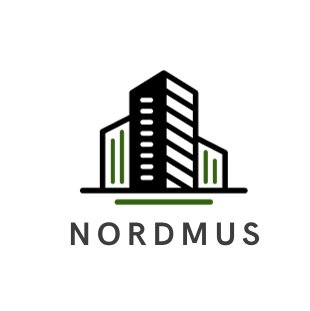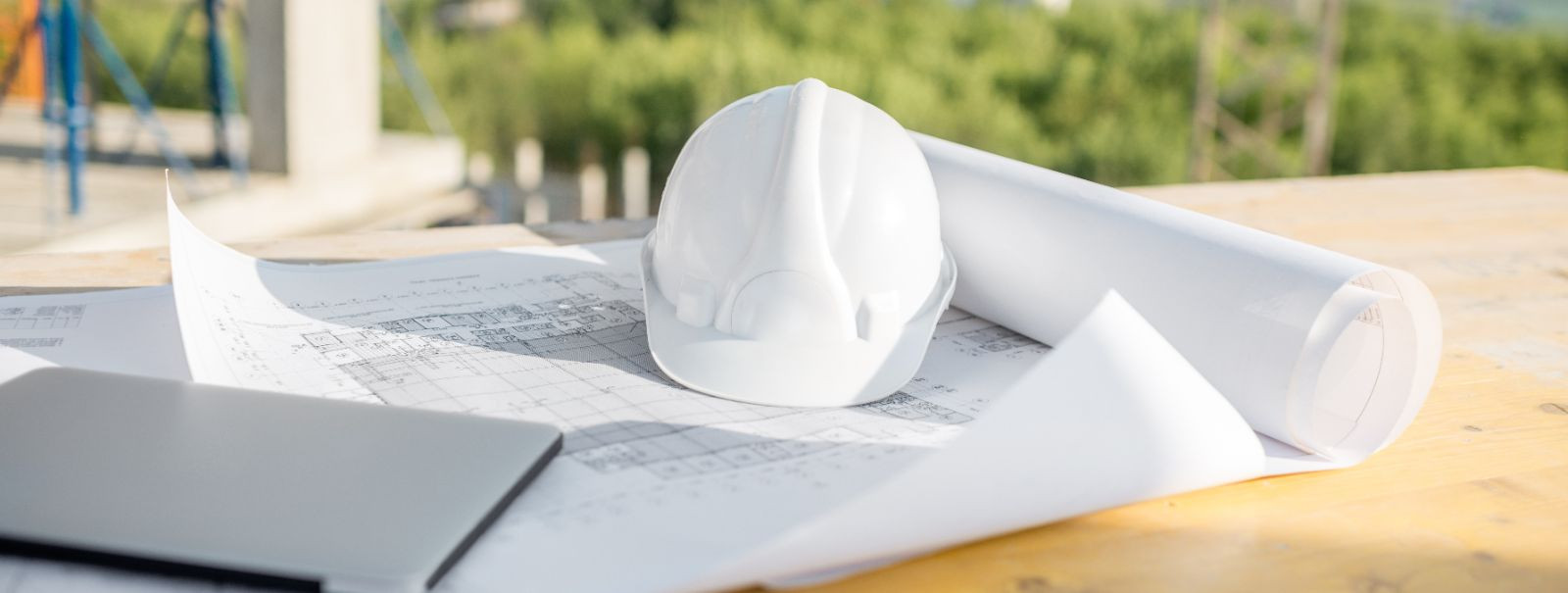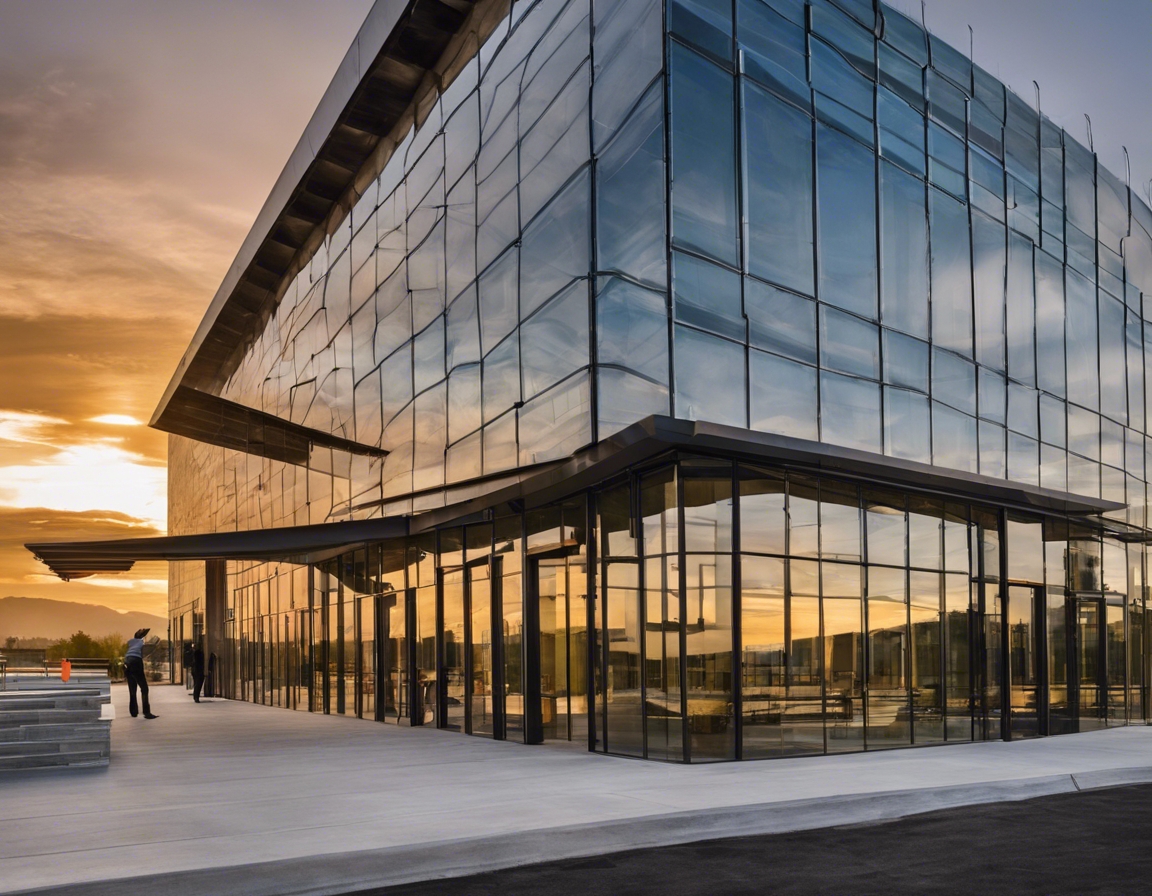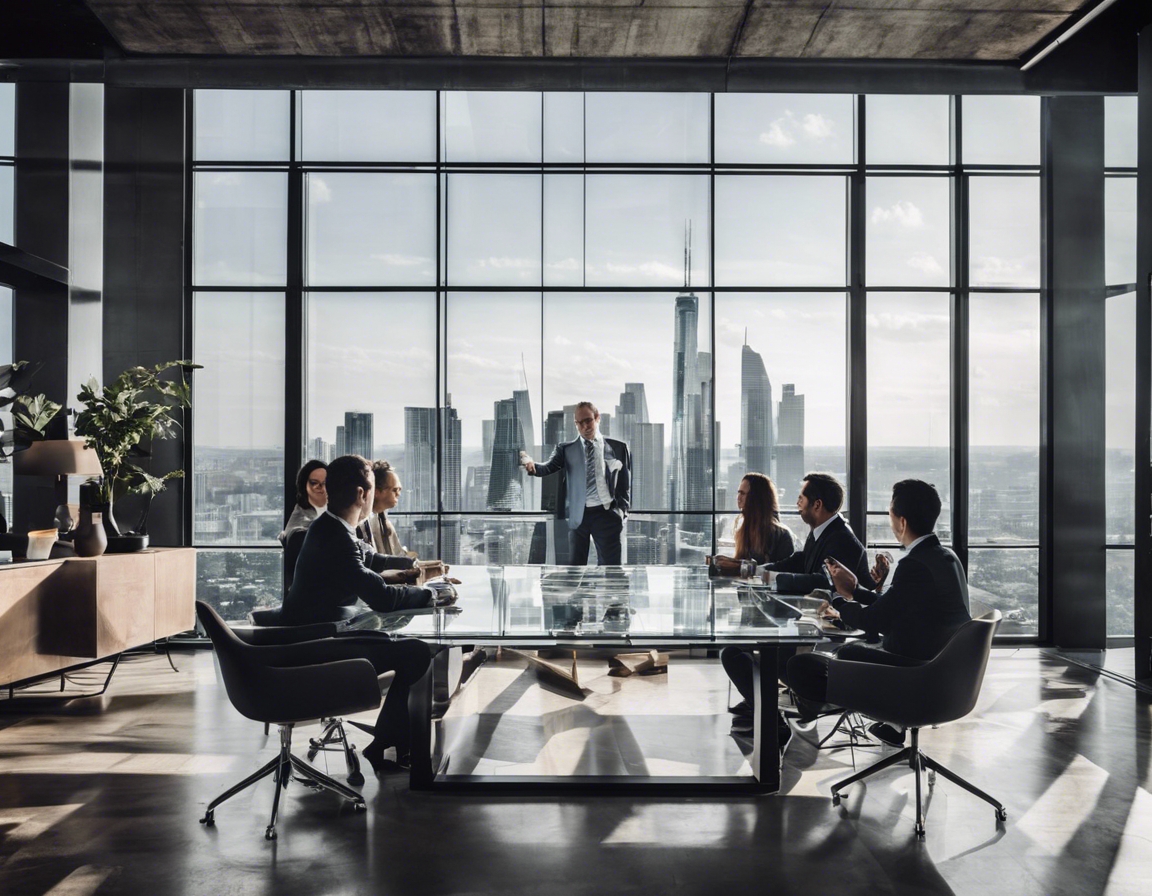5 trends shaping the future of sustainable construction
Sustainable construction is no longer a niche market. As the world grapples with climate change and resource depletion, the construction industry is under increasing pressure to adapt and innovate. Homeowners, commercial property owners, and real estate developers are now prioritizing sustainability not just for environmental reasons, but also for the long-term cost savings and marketability it provides.
1. Green Building Materials
The use of materials that are either recycled or sourced from renewable resources is a cornerstone of sustainable construction. These materials reduce the environmental footprint by minimizing the depletion of non-renewable resources and reducing waste.
Products that emit low levels of volatile organic compounds (VOCs) are becoming standard in construction to improve air quality and reduce health risks.
Developments in material science have led to the creation of innovative composites that are both strong and sustainable, offering new possibilities for construction.
2. Energy Efficiency and Renewable Energy Integration
Passive design strategies utilize the natural environment to regulate temperatures within buildings, reducing reliance on mechanical heating and cooling systems.
Smart technologies allow for real-time monitoring and optimization of energy use, leading to significant reductions in consumption.
The integration of renewable energy sources, such as solar panels and wind turbines, into buildings is becoming more common, further reducing the carbon footprint of construction projects.
3. Water Conservation and Management
Water conservation is a critical aspect of sustainable construction. The use of water-efficient fixtures and appliances can significantly reduce water consumption in buildings.
Systems that collect rainwater for use in irrigation and greywater for flushing toilets can greatly reduce the demand for treated municipal water.
Sustainable drainage systems (SuDS) are designed to manage runoff water in a more sustainable way, reducing the risk of flooding and pollution.
4. Emphasis on Indoor Environmental Quality
Maximizing the use of natural lighting and ventilation not only reduces energy consumption but also enhances the well-being of building occupants.
The use of non-toxic materials and finishes is essential for maintaining a healthy indoor environment, free from harmful chemicals.
Advanced air filtration systems are becoming more prevalent in sustainable construction, ensuring that indoor air quality is maintained at high levels.
5. Building Information Modeling (BIM) and Prefabrication
Building Information Modeling (BIM) technology allows for more accurate and efficient planning, reducing errors and the need for changes during construction.
Prefabrication of building components off-site leads to faster construction times and less waste generated on-site.
By optimizing design and production, the amount of waste produced during construction can be significantly reduced, contributing to a more sustainable construction process.






Comments (0)